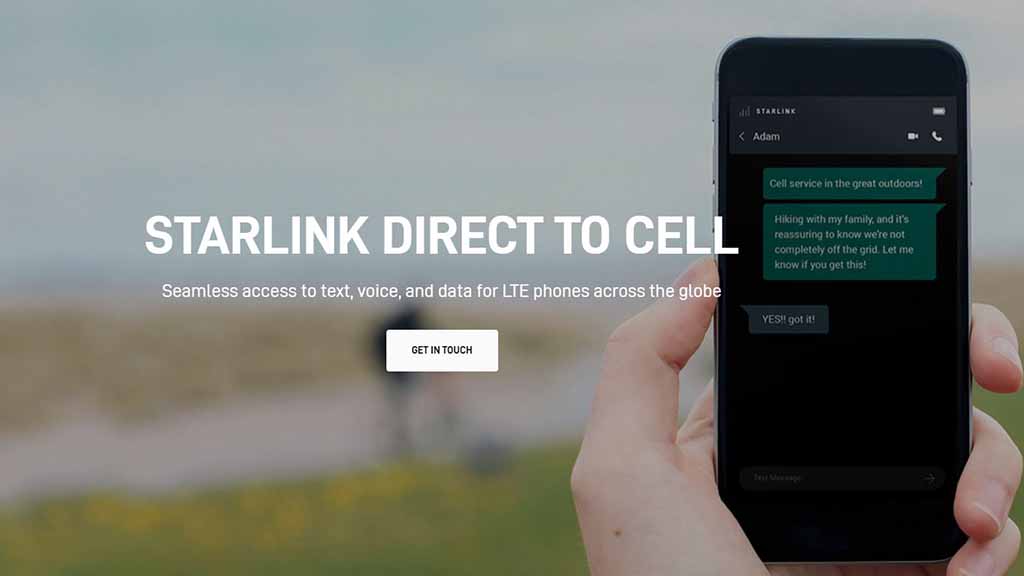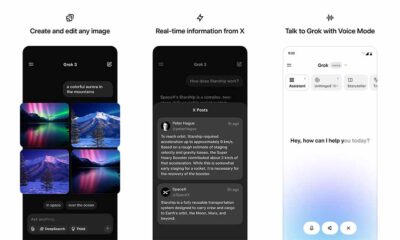SpaceX
SpaceX will launch First six Direct-to-Cell satellites on December 28

SpaceX is ready to launch the first six Starlink satellites with new Direct-to-Cell capability on December 28. The latest confirmation comes after the space exploration rocket maker received test permission from the Federal Communications Commission (FCC).
SpaceX announced that 21 Starlink satellites will launch on December 28 using the reusable Falcon 9 rocket. The mission will liftoff from Space Launch Complex 4 East (SLC-4E) at Vandenberg Space Force Base in California.
The launch is targeted for 9:09 p.m. PT with a backup opportunities available until 12:32 a.m. PT on Friday, December 29.
SpaceX will use a new booster for the first stage and it will separate and land back on a droneship in the Pacific Ocean. The mission will wrap up with satellite deployment around an hour and two minutes after the liftoff.
SpaceX says 6 of these 21 Starlink satellites will enable mobile network operators around the globe to offer text, calling, and internet services similar to the usual Starlink satellite broadband.
Direct to cell
SpaceX has planned to start text-based services in 2024, while voice, data, and IoT services to rollout in 2025. FCC on Thursday allowed FCC to test its new direct-to-cell feature.
The commission granted SpaceX’s request for a six-month authorization for trials that would involve around 2,000 test devices and 840 satellites.

In the background, the new Starlink satellites with DTC technology feature an advanced eNodeB modem onboard that acts like a cellphone tower in space. It enables network integration similar to a standard roaming partner.
SpaceX has partnered with service providers from different markets including the US, Australia, Canada, New Zealand, Japan, and Switzerland.










